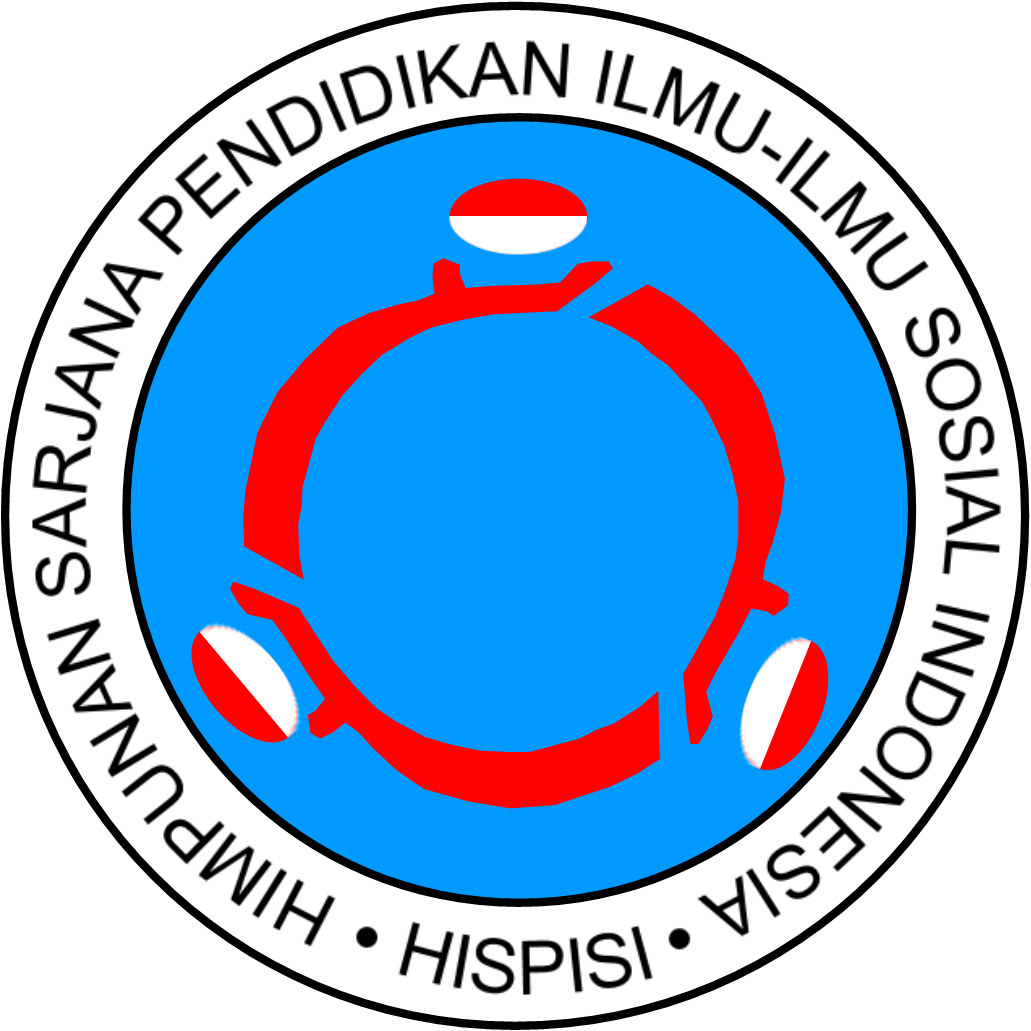Analysis of Reading Difficulties by Primary School Students: A Case Study The Third Grade Students Rural Area
Abstract
Keywords
Full Text:
PDFReferences
Akın, F., Koray, Ö., & Tavukçu, K. (2015). How effective is critical reading in the understanding of scientific texts?. Procedia-social and behavioral sciences, 174, 2444-2451. https://doi.org/10.1016/j.sbspro.2015.01.915
Amini, N., & Suyadi, S. (2020). Media Kartu Kata Bergambar Dalam Meningkatkan Kemampuan Kosakata Anak Usia Dini. Paudia, 9(2), 119-129. https://doi.org/10.26877/paudia.v9i1.6702
Aydin, G., & Ayranci, B. B. (2018). Reading Preferences of Middle School Students. World Journal of Education, 8(2), 127-139. https://doi.org/10.5430/wje.v8n2p127
Bahruddin, B., Taboer, M. A., & Rochyadi, E. (2021). Phonological Awareness in Students with Reading Difficulties at Elementary School. Jurnal Sekolah Dasar: Kajian Teori dan Praktik Pendidikan, 30(2), 137-146. http://dx.doi.org/10.17977/um009v30i22021p137
Bradley, R. H., & Corwyn, R. F. (2002). Socioeconomic status and child development. Annual review of psychology, 53, 371-399. https://doi.org/10.1146/annurev.psych.53.100901.135233
Bursali, H., & Yilmaz, R. M. (2019). Effect of augmented reality applications on secondary school students' reading comprehension and learning permanency. Computers in Human Behavior, 95, 126-135. https://doi.org/10.1016/j.chb.2019.01.035
Calhoon, M. B., Sandow, A., & Hunter, C. V. (2010). Reorganizing the instructional reading components: Could there be a better way to design remedial reading programs to maximize middle school students with reading disabilities’ response to treatment?. Annals of Dyslexia, 60(1), 57-85. https://doi.org/10.1007/s11881-009-0033-x
Christianti, M. (2013). Membaca dan menulis permulaan untuk anak usia dini. Jurnal Pendidikan Anak, 2(2). 312-317. https://doi.org/10.21831/jpa.v2i2.3042
Darnis, S. (2018). Aplikasi Montessori dalam pembelajaran membaca, menulis dan berhitung tingkat permulaan bagi anak usia dini. Jurnal Caksana: Pendidikan Anak Usia Dini, 1(1), 1-10. https://doi.org/10.31326/jcpaud.v1i1.3
Ehri, L. C. (2005). Learning to read words: Theory, findings, and issues. Scientific Studies of reading, 9(2), 167-188. https://doi.org/10.1207/s1532799xssr0902_4
Evans, B. P., & Shively, C. T. (2019). Using the Cornell Note-Taking System Can Help Eighth Grade Students Alleviate the Impact of Interruptions While Reading at Home. Journal of Inquiry and Action in Education, 10(1), 1-35. https://files.eric.ed.gov/fulltext/EJ1205170.pdf
Gonzalez-DeHass, A. R., Willems, P. P., & Holbein, M. F. D. (2005). Examining the relationship between parental involvement and student motivation. Educational psychology review, 17, 99-123. https://doi.org/10.1007/s10648-005-3949-7
Grills-Taquechel, A. E., Fletcher, J. M., Vaughn, S. R., & Stuebing, K. K. (2012). Anxiety and reading difficulties in early elementary school: evidence for unidirectional-or bi-directional relations?. Child Psychiatry & Human Development, 43, 35-47. https://doi.org/10.1007/s10578-011-0246-1
Hsieh, M. F. (2024). Beginning with Books: Tailoring Formats and Strategies for Infant and Toddler Reading Activities in Early Childhood Education Centers. Early Childhood Education Journal, 1-16. https://doi.org/10.1007/s10643-024-01772-z
Kurniawati, R. T., & Koeswanti, H. D. (2020). Development of Picture Storybook Media to Improve Reading Ability of Grade 1 Elementary School Students. Journal of Elementary School Teacher Education, 7(1), 41-52. https://doi.org/10.30997/dt.v7i1.2634
Lyon, G. R. (2003). Reading disabilities: Why do some children have difficulty learning to read? What can be done about it. Perspectives, 29(2), 17-19. https://www.wrightslaw.com/info/read.disability.lyon.pdf
Masykuri, M. (2019). Analisis kesulitan membaca permulaan pada siswa kelas I MI Pesantren Pembangunan Cibeunying Kecamatan Majenang Kabupaten Cilacap tahun 2017/2018 (Doctoral dissertation, UIN Walisongo Semarang).
McGinnis, D. (2012). Susceptibility to distraction during reading in young, young-old, and old-old adults. Experimental aging research, 38(4), 370-393. https://doi.org/10.1080/0361073X.2012.699365
Memis, A. D., & Kandemir, H. (2019). The Relationship between the Study Habits and Attitudes and Metacognitive Reading Comprehension Self-Awareness, Reading Comprehension, Reading Attitudes. World Journal of Education, 9(4), 133-145. : https://doi.org/10.5430/wje.v9n4p133
Mule, K. (2014). Types and causes of reading difficulties affecting the reading of English language: A case of grade 4 learners in selected schools in Ogong circuit of Namibia (Doctoral dissertation, Education of the University of Namibia).
Neuman, S. B., & Celano, D. (2001). Access to print in low‐income and middle‐income communities: An ecological study of four neighborhoods. Reading Research Quarterly, 36(1), 8-26. https://doi.org/10.1598/rrq.36.1.1
Nugrahanto, S., & Zuchdi, D. (2019). Indonesia PISA result and impact on the reading learning program in Indonesia. In International Conference on Interdisciplinary Language, Literature and Education (ICILLE 2018) (pp. 373-377). Atlantis Press. https://doi.org/10.2991/icille-18.2019.77
Oakhill, J., & Cain, K. (2007). Issues of causality in children’s reading comprehension. In D. S. McNamara (Ed.), Reading comprehension strategies: Theories, interventions, and technologies, (pp. 47-71). Psychology Press. https://doi.org/10.4324/9780203810033
Rafika, N., Kartikasari, M., & Lestari, S. (2020). Analisis kesulitan membaca permulaan pada siswa sekolah dasar. Prosiding Konferensi Ilmiah Dasar, 2, 301-306.
Rajab, H., & Al-Sadi, A. (2015). An empirical study of reading habits and interests of Saudi university EFL learners. International Journal of Linguistics, 7(2), 1-17. http://dx.doi.org/10.5296/ijl.v7i2.7034
Rakimahwati, R. (2018). Pelatihan pembuatan boneka jari bergambar dalam meningkatkan kemampuan membaca anak usia dini di kecamatan v koto kampung dalam Kabupaten Padang Pariaman. Early Childhood: Jurnal Pendidikan, 2(2b), 1-11. https://doi.org/10.35568/earlychildhood.v2i2b.292
Rekysika, N. S., & Haryanto, H. (2019). Media pembelajaran ular tangga bilangan untuk meningkatkan kemampuan kognitif anak usia 5-6 tahun. Cakrawala Dini: Jurnal Pendidikan Anak Usia Dini, 10(1), 56-61. https://doi.org/10.17509/cd.v10i1.16000
Salminen, J., Khanolainen, D., Koponen, T., Torppa, M., & Lerkkanen, M. K. (2021). Development of numeracy and literacy skills in early childhood—A longitudinal study on the roles of home environment and familial risk for reading and math difficulties. In Frontiers in Education (Vol. 6, p. 725337). Frontiers Media SA. https://doi.org/10.3389/feduc.2021.725337
Sénéchal, M., & LeFevre, J. A. (2014). Continuity and change in the home literacy environment as predictors of growth in vocabulary and reading. Child development, 85(4), 1552-1568. https://doi.org/10.1111/cdev.12222
Shah, Muhibbin. (2012). Psychology of Learning. Rajawali Press
Slameto, I. (2010). Learning and Influencing Factors. Rineka Cipta.
Snowling, M. J., & Hulme, C. (2012). Interventions for children's language and literacy difficulties. International Journal of Language & Communication Disorders, 47(1), 27-34. https://doi.org/10.1111/j.1460-6984.2011.00081.x
Sugiyono. (2009). Pendekatan kualitatif, Kuantitatif dan R&D, Alfabeta.
Torgesen, J. K. (2002). The prevention of reading difficulties. Journal of school psychology, 40(1), 7-26. https://doi.org/10.1016/S0022-4405(01)00092-9
Wigfield, A., & Guthrie, J. T. (1997). Relations of children's motivation for reading to the amount and breadth or their reading. Journal of educational psychology, 89(3), 420-432.
DOI: https://doi.org/10.17509/jpis.v34i2.82105
Refbacks
- There are currently no refbacks.
Copyright (c) 2025 Universitas Pendidikan Indonesia (UPI)

This work is licensed under a Creative Commons Attribution-ShareAlike 4.0 International License.















